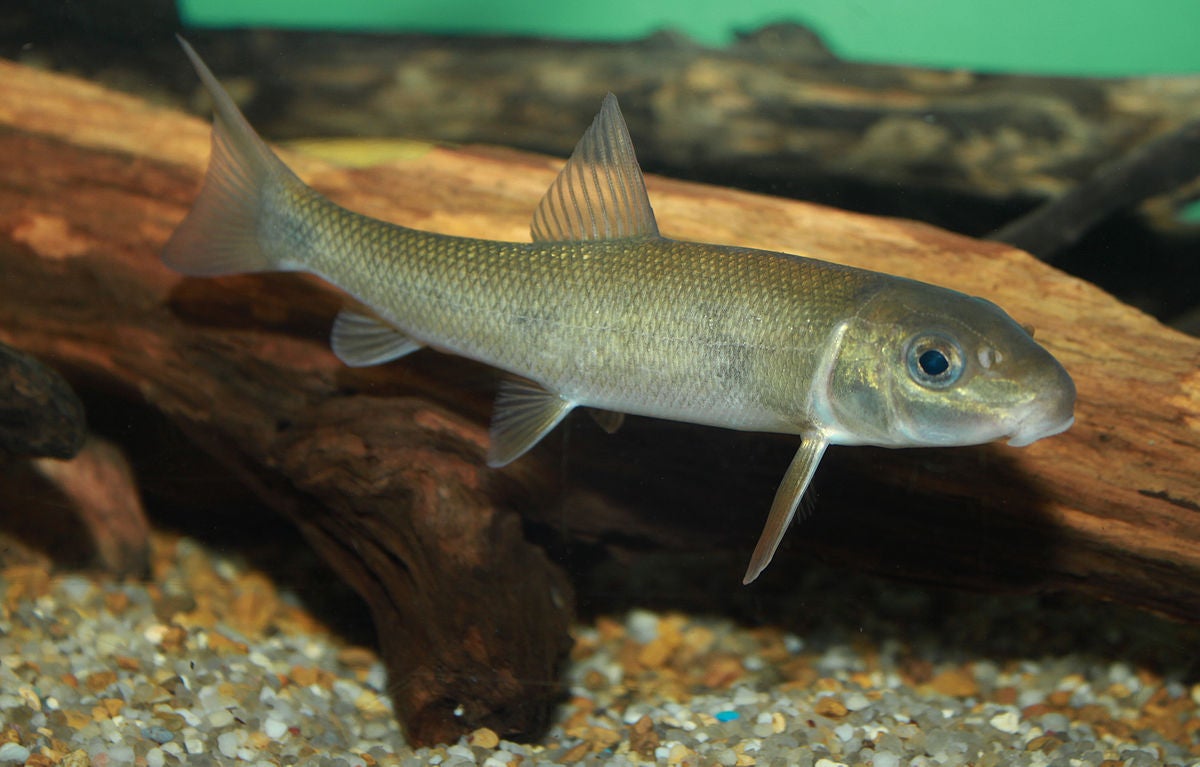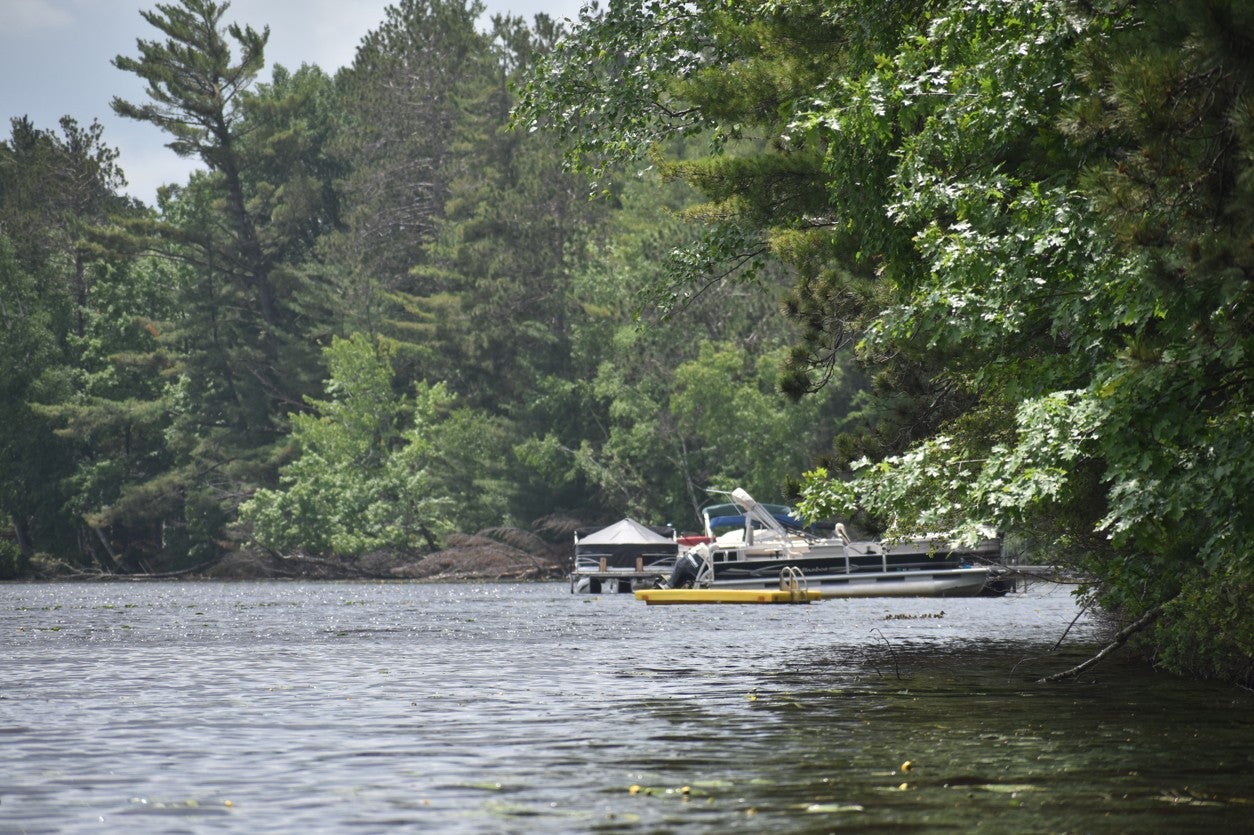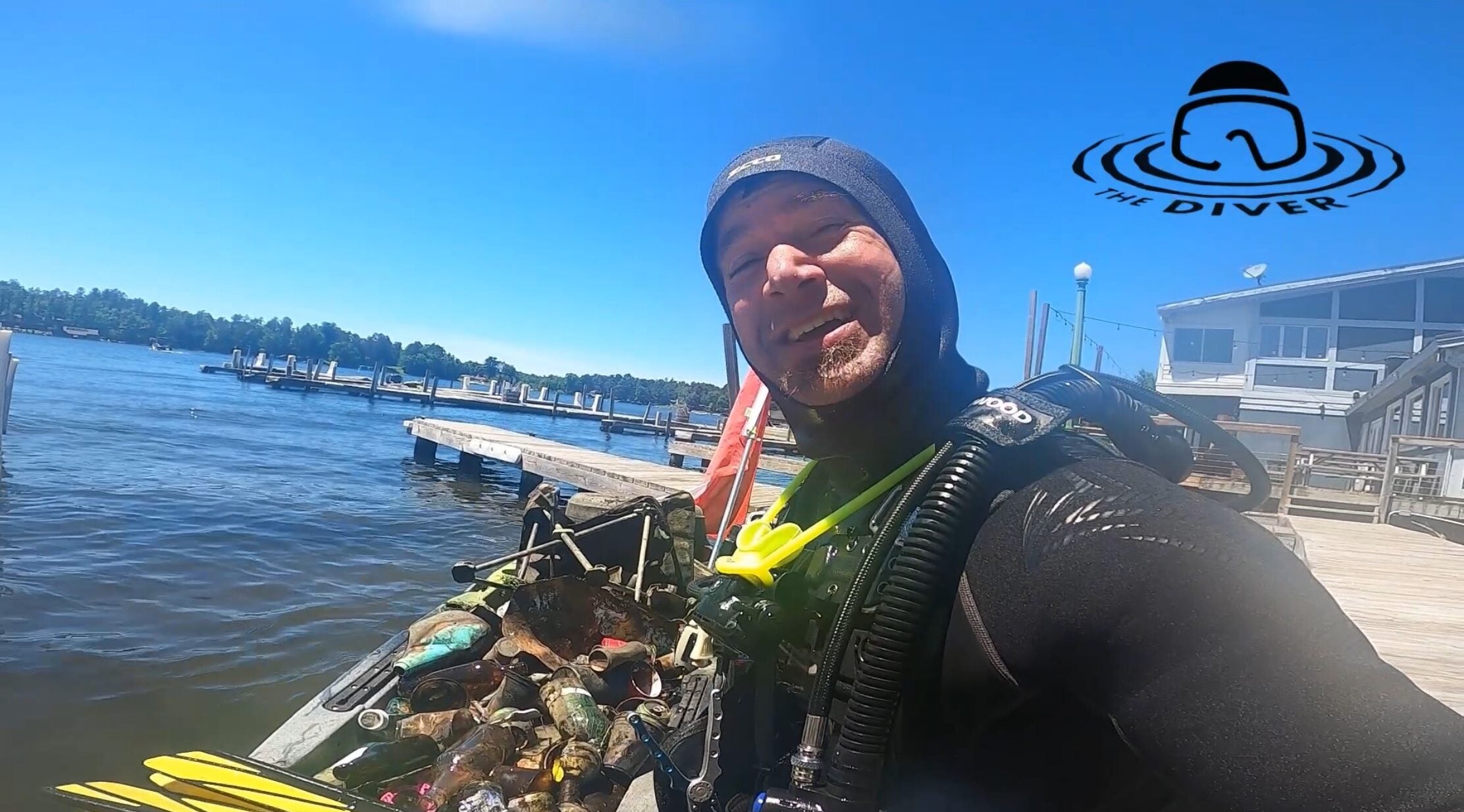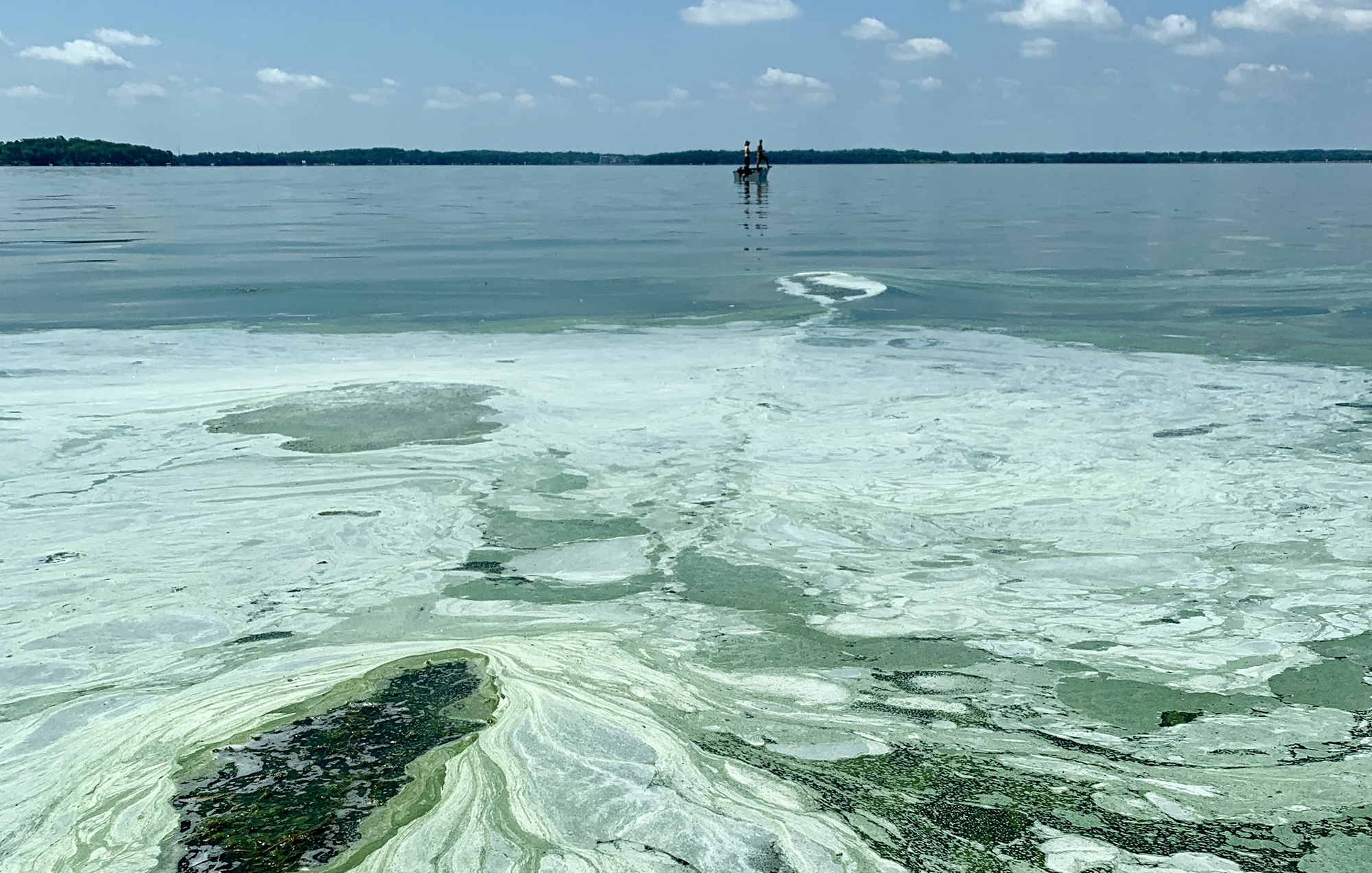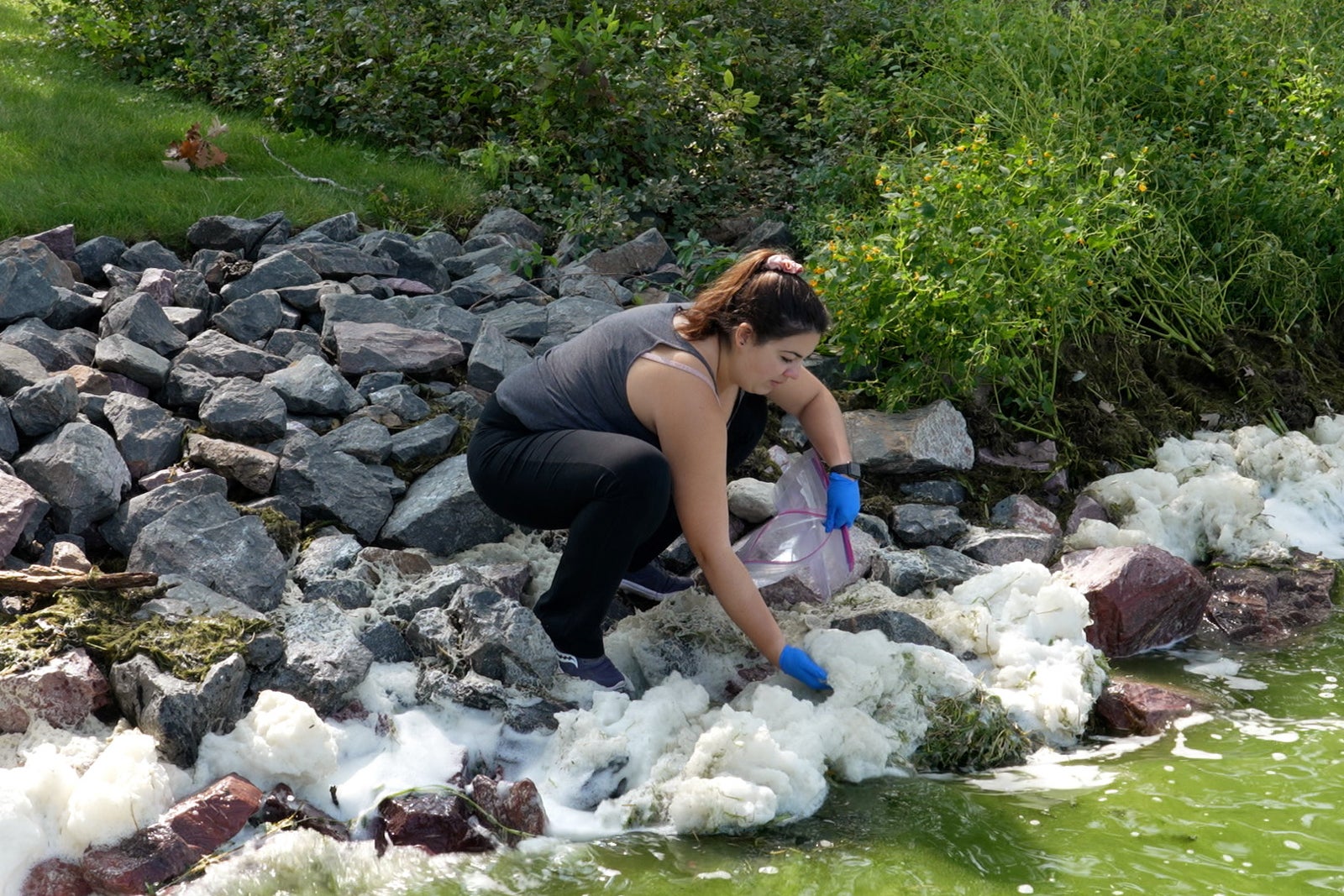A federal study shows an elevated level of tumors affecting a fish species in two Wisconsin rivers.
The three-year study by the U.S. Geological Survey looked at 200 bottom-feeding white sucker fish in each the Sheboygan and Milwaukee Rivers.
News with a little more humanity
WPR’s “Wisconsin Today” newsletter keeps you connected to the state you love without feeling overwhelmed. No paywall. No agenda. No corporate filter.
Typically, about 5 percent of the fish would have liver tumors, and maybe 15 percent would have skin tumors, according to USGS biologist Vicki Blazer, but in Milwaukee and Sheboygan, “we actually were finding … over 30 percent had some kind of skin tumor.”
Likewise, Blazer said, the combined number of two different types of liver tumors equaled 15 percent of the white sucker studied in the Milwaukee River and 8 percent in the Sheboygan River. Older fish had the highest rate of tumors.
Blazer said the cause of the greater number of tumors is hard to pin down and could be partly due to fish viruses in the waterways. But she added that both rivers are part of Great Lakes harbors that are so-called government Areas of Concern, following years of chemical contamination.
“And so, I think it does indicate there are still carcinogens out there that are causing issues,” she said. “In my opinion , we should be looking at what exactly those are, and is there a way to clean up the environment?”
Blazer said the study also looked at white suckers in the Root and Kewaunee rivers, and found lower tumor rates in the Kewaunee River fish.
The federal Great Lakes Restoration Initiative, along with previous efforts, have spent decades trying to clean up the Sheboygan and Milwaukee harbors.
The USGS study was recently published in the Journal of Fish Diseases.
Wisconsin Public Radio, © Copyright 2025, Board of Regents of the University of Wisconsin System and Wisconsin Educational Communications Board.

